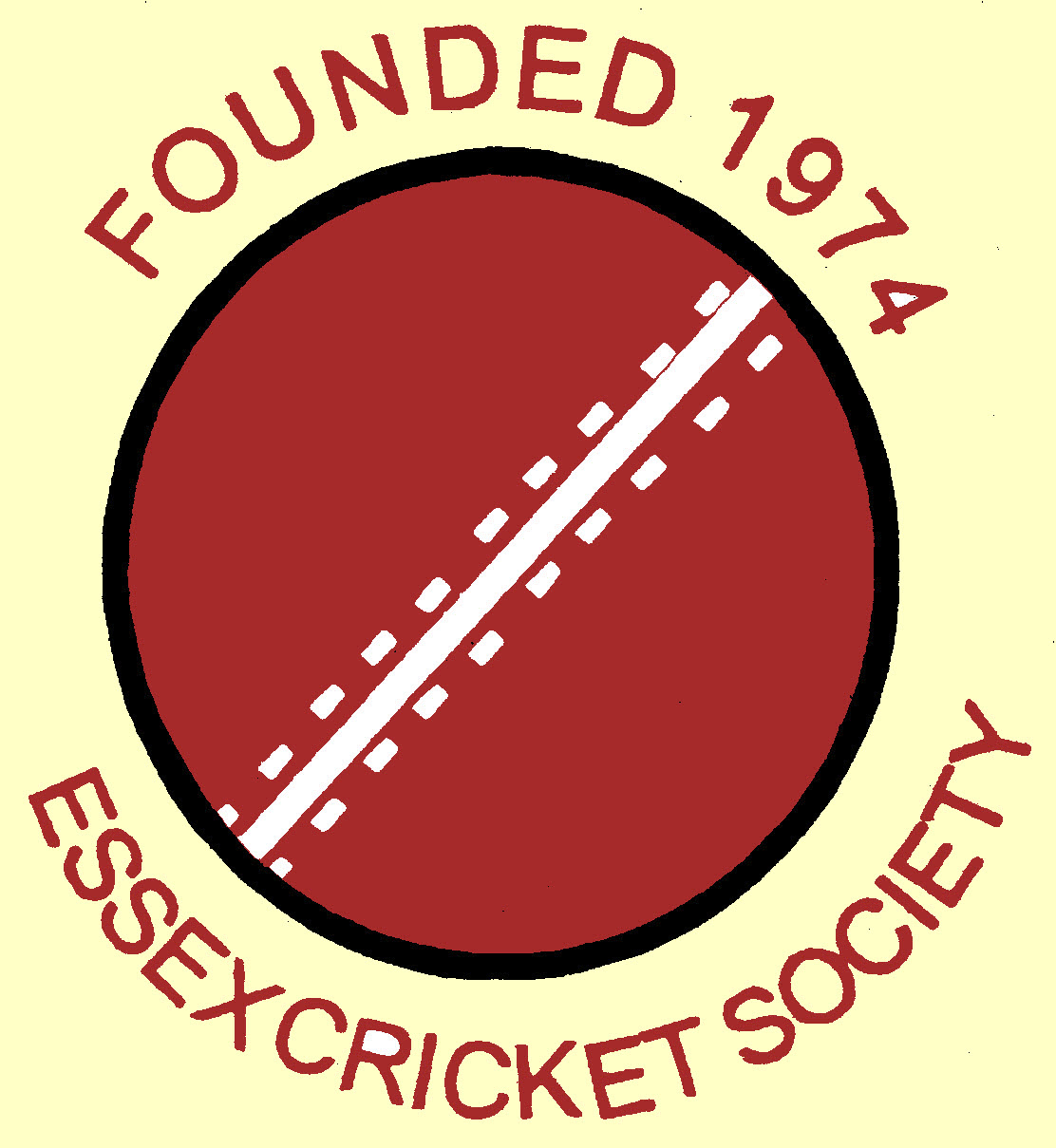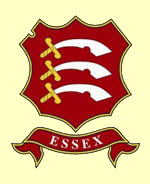Tales from the Boundary
A Ramble Through My Autograph Book
Which young child, particularly with a sporting bent, failed to collect autographs? I know I did and, over sixty-five years later, I still have the evidence.
For me it all started in the early 1950’s when Essex Club and Ground used to play a full fixture list against clubs and schools. When they came to Wickford in 1953 the Essex first XI did not have a fixture and several of the professionals were playing for the Club and Ground. However, it was their umpire who caught my eye; a small, old, wizened gentleman in a faded Essex cap and his name duly went in my book. This was Walter Mead who had appeared in a Test match for England against Australia at Lord’s in 1899. He had been an Essex stalwart for many seasons prior to the First World War and sadly passed away in 1954.
A few years later one of his contemporaries joined him in my book although I can’t claim much credit for it. I was hanging around in front of the pavilion at Southchurch Park clutching my precious book when a kindly member said to me “Do you know who that is?” “No” I confessed as an oldish, upright gentleman in a brown raincoat and trilby hat passed in front of us. “That’s ‘Sailor’ Young” he said “He used to play for Essex”. Harding Young also played for England in the same season as Walter Mead although not together. He had joined the Navy as a young man and acquired his nickname ‘Sailor’ when that great Essex benefactor, C. E. Green saw him bowling in the nets and promptly bought his release. I still marvel at the fact that I met, albeit briefly, two men who played for Essex and England one hundred and twenty years ago.
Southchurch Park also provided the opportunity to acquire the signature of another ‘old-timer’. Some counties employed a former player as their scorer and, as luck would have it, the Middlesex incumbent was ‘Patsy’ Hendren, fifty-one Test matches for England and one of the finest batsmen of the inter-war years. Herbert Strudwick was engaged by Surrey in a similar capacity but, sadly, his signature eluded me.
One of the most difficult autographs to obtain, reputedly, was that of Freddie Trueman. He dismissed young boys peremptorily and sometimes none too politely but, to me, he could not have been kinder. There was a major advantage enjoyed by we collectors at Southchurch Park and that was the fact that the players were unable to drive their cars anywhere near the pavilion. Thus to reach their haven they had to run the gauntlet of us boys. When Yorkshire were the visitors in 1956 I was lurking in the car park awaiting their arrival. The whole width of the ground had to be traversed and I thought there would be the chance of an autograph or two. What happened next was not in the script. Freddie Trueman appeared with the largest leather cricket bag you can imagine and motioned me over. I was a strapping lad (a euphemism for being fat) and that is probably why he selected me to carry this monster over to the pavilion for him. But my task did not end at the pavilion gate; I went up the steps and straight into the Yorkshire dressing room. There, by way of thanks, Trueman not only gave me his autograph but also passed my book round for all his teammates to sign.
Is it surprising that over sixty years later this very same autograph book sits proudly on my desk in front of me?
When memory starts to fade, childhood memories remain fresh and vibrant.

